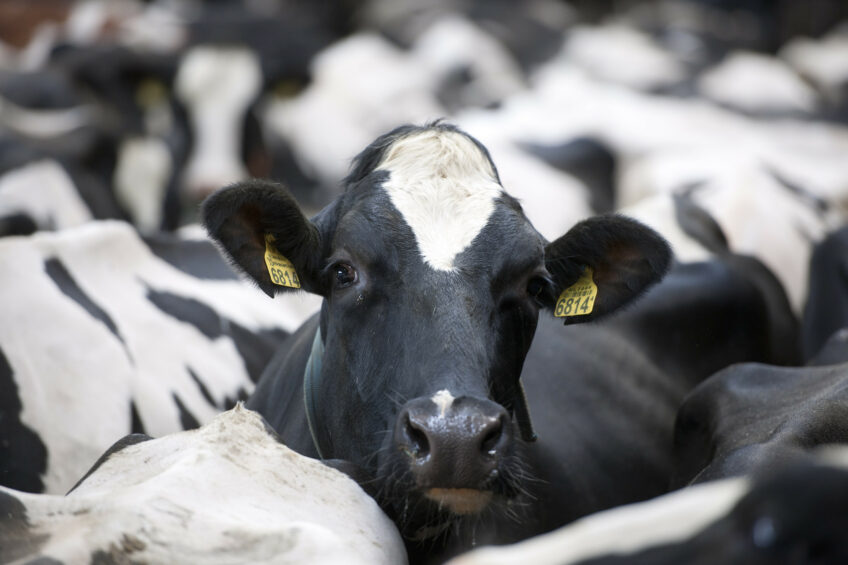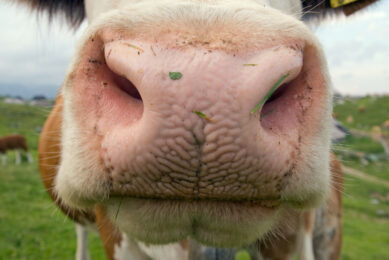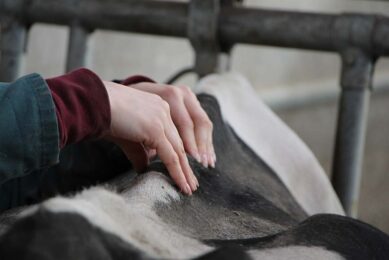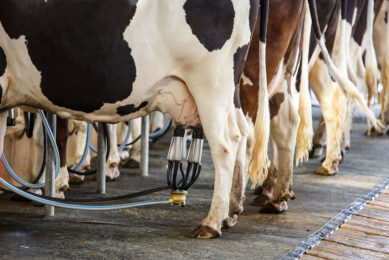Need to better control lumpy skin disease

The Food and Agricultural Organization (FAO) has called for broader cattle vaccination to keep lumpy skin disease under control in Eastern Europe and the Balkans.
Lumpy skin disease is a cattle pox virus transmitted by biting insects that can be deadly for cattle but does not affect humans. The disease used to be confined to Africa. In 2013, it emerged in Turkey and then quickly spread through 9 countries in Eastern Europe and the Balkans.
Non-effected countries also need to vaccinate
In a position paper published last month, FAO warned that even countries that have not been affected by lumpy skin disease so far but are considered at risk need to carry out risk-based vaccination to avert the spread of the disease, which can have devastating consequences for farmers, particularly smallholders.

Economic losses
At the height of the disease’s spread in Europe, countries hit by lumpy skin disease registered up to 200 outbreaks, which have led to significant economic losses – due to drops in milk production and reduced quality of skins – and the death of up to around 15% of the affected herds.
Buffer zone through vaccination
Preventive vaccination in Croatia, Bosnia and Herzegovina, and northern Serbia, for example, would create a buffer zone and stop the disease from potentially spreading to neighboring countries such as Hungary and Romania, which have been spared to date from the disease. FAO warned that stamping out – the proactive culling of all animals on an infected farm – should be used as a last resort because stamping out can have a drastic impact on farmers’ livelihoods, particularly those of smallholders.
[Source: FAO]
Join 13,000+ subscribers
Subscribe to our newsletter to stay updated about all the need-to-know content in the dairy sector, two times a week.










